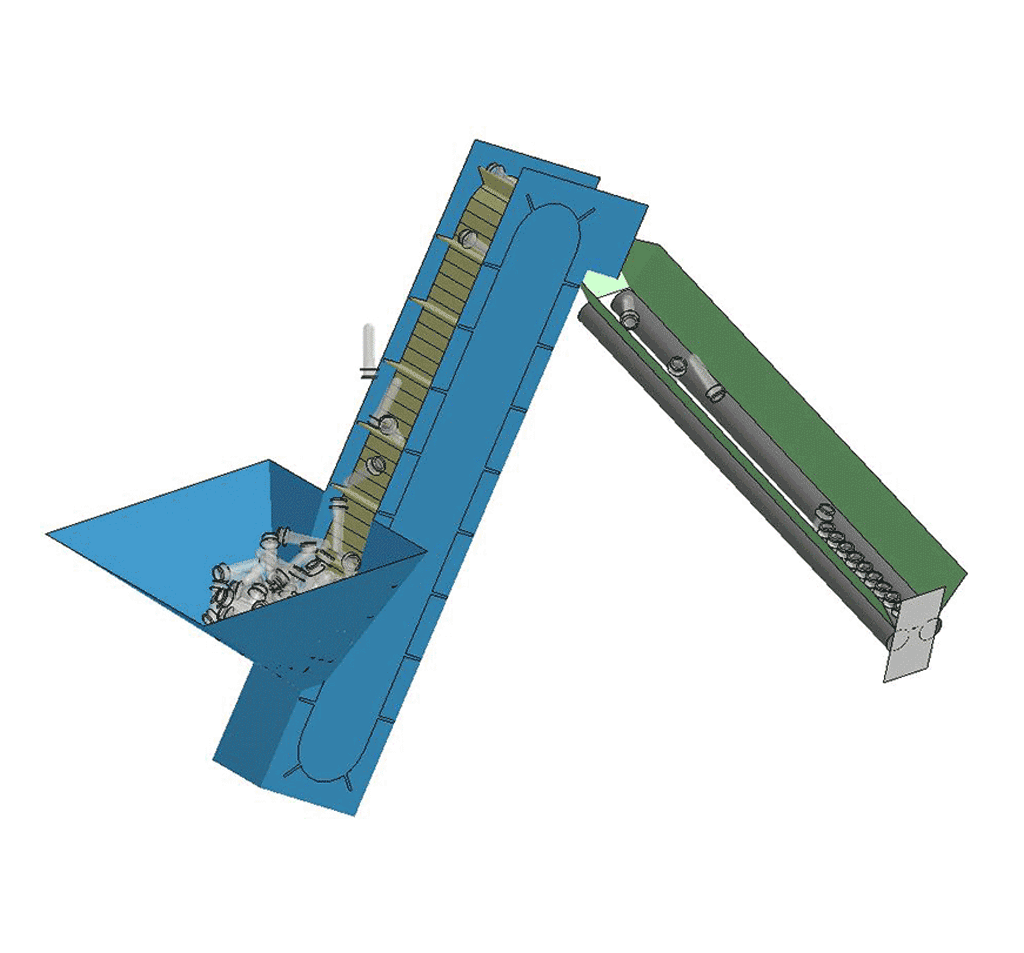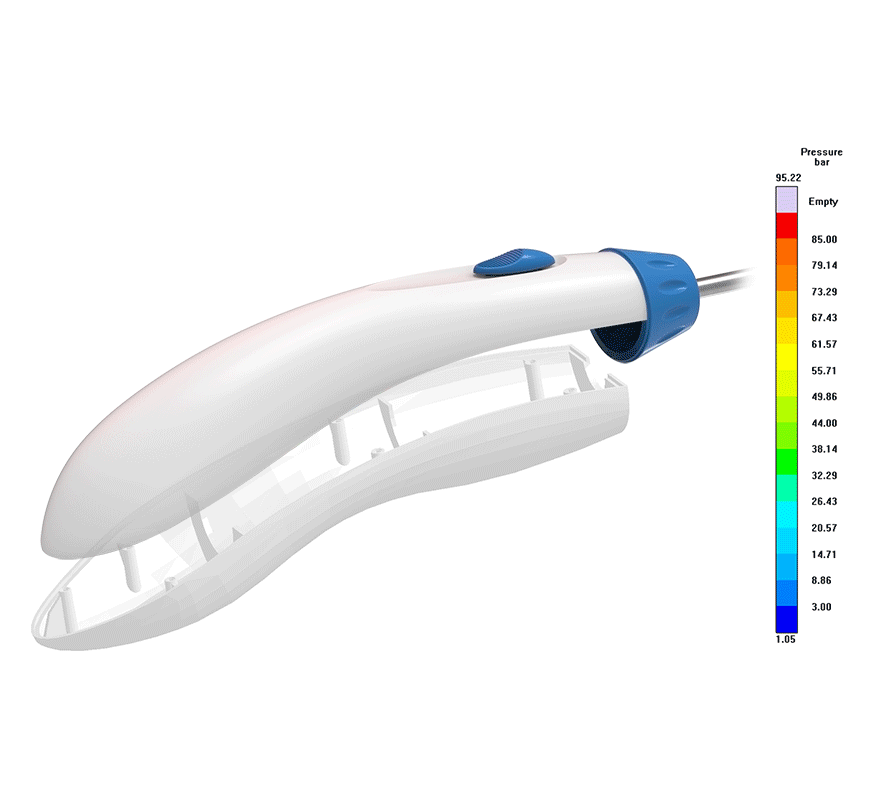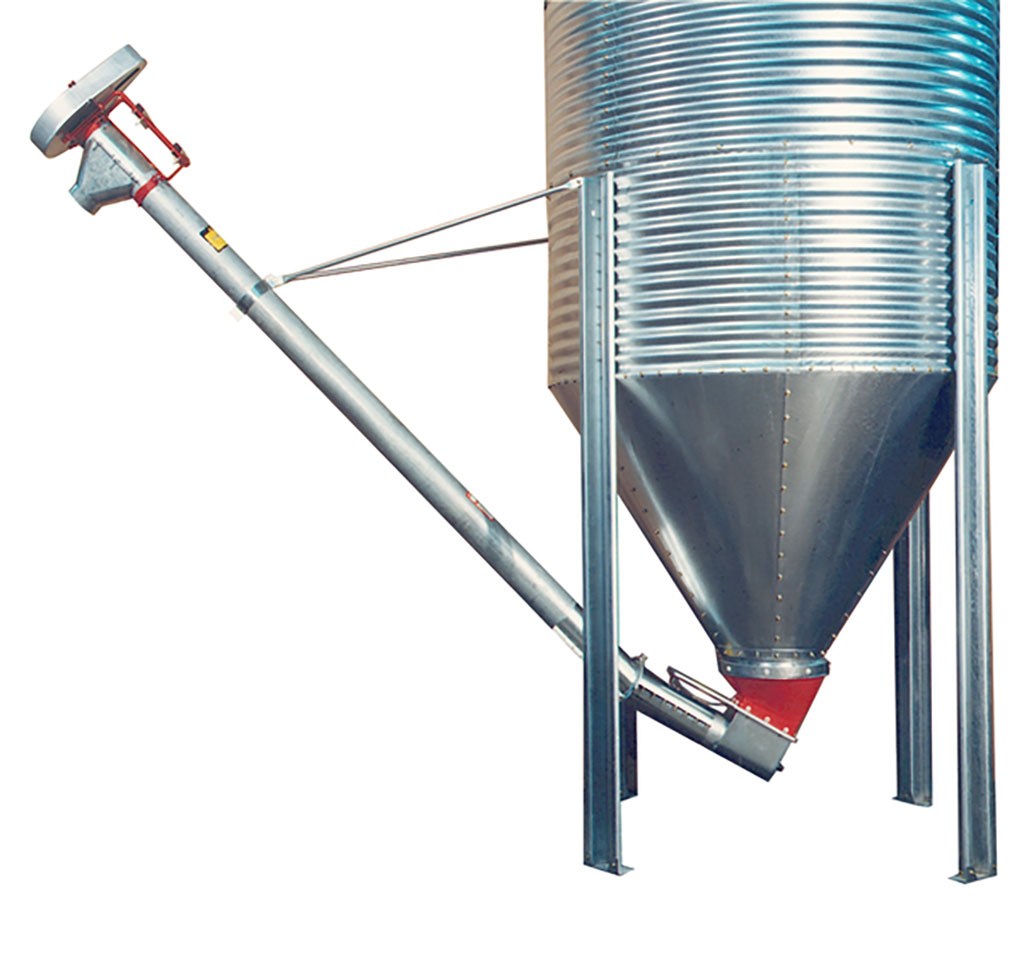Virtual Manufacturing is the utilization of three-dimensional geometric models and advanced software tools to simulate manufacturing and conveying to design, test and optimize production processes. Most often computer-aided design (CAD) data is utilized to create the geometric models used in the simulations. Equipment modifications, while costly and time-consuming to implement physically, can be quickly modeled and explored to develop efficient and streamlined manufacturing lines.
In addition to modeling manufacturing processes, Virtual Reality (VR) can be used to place users into accurate virtual production environments, even if the actual facility is located thousands of miles away. These VR environments are detailed and true-to-scale, allowing for facility tours by management and the design, safety and training teams even before any machinery is placed.
ISBM Preform Hopper Transfer Operation Simulation
This virtual manufacturing analysis studied a hopper transfer operation for Injection Stretch Blow Molding (ISBM) preforms for packaging. The LS-DYNA solver was used along with a Kinetic Vision proprietary toolset to test and validate many preform geometry designs as well as optimization of industrial process parameters such as conveyor speed, belt designs, rail spacing, and operating angles.
Simulations that were done in days replaced what would have been several months of prototype design and test iterations, allowing the manufactured product to reach the marketplace much faster and at a lower cost.

Bulk Material Handling Simulation
Often the performance of a processing plant can be hinged on the efficiency of the bulk material conveying systems supplying the plant. The Kinetic Vision virtual manufacturing team utilizes Discrete Element Method (DEM) and Smoothed Particle Hydrodynamic (SPH) simulations in LS-DYNA and ABAQUS to optimize processing performance.
Through analysis of particle flow, particle-to-structure interaction, and particle-to-particle interaction, equipment operating parameters and performance can be determined prior to expensive manufacturing and prototyping.
This short animation shows the results of a virtual manufacturing simulation utilized to optimize the performance of a bulk material handling system.
Injection Molding Simulation
Injection molding simulation, often called mold filling analysis, predicts how resin will flow through a mold and identifies problem areas in the part or mold designs. Commons problems like warping, sink marks, weld lines, short shots, fiber orientation, etc. are very time consuming to troubleshoot via trial-and-error mold modification and testing. Many of these issues can be predicted and improved over a period of a few days using molding simulation, versus several weeks or months for manual mold iterations. Mold design parameters such as gate location(s), parting lines and cooling properties can be modeled and optimized, as can the process parameters such as temperature, pressure, and timing. All have an large impact on the finished part.
Kinetic Vision's virtual manufacturing services can greatly shorten mold development time and allow for shorter cycle times, more consistent part quality and more reliable parts.
See also Product Design + Development.

Closure Cap Mold-Filling Study
In this injection molding simulation, a cap design was analyzed to predict the mold fill time, part warpage and locations of weld lines. The part design was optimized by Kinetic Vision to ensure that cycle times were minimized due to the high annual part volume and target cost. Another key feature verified through the filling analysis was the performance of the living hinge. Proper design features were developed that allowed for adequate part filling while maintaining the structural integrity of the hinge. Part warpage was also studied to ensure proper mating of the sealing surfaces.


